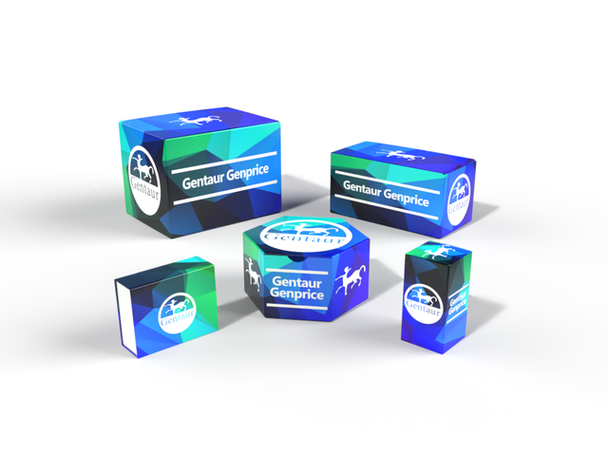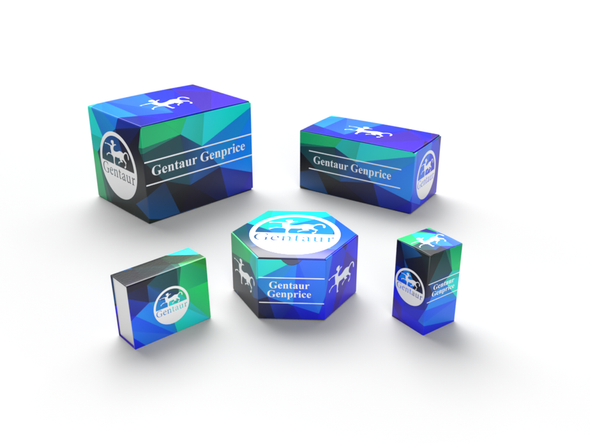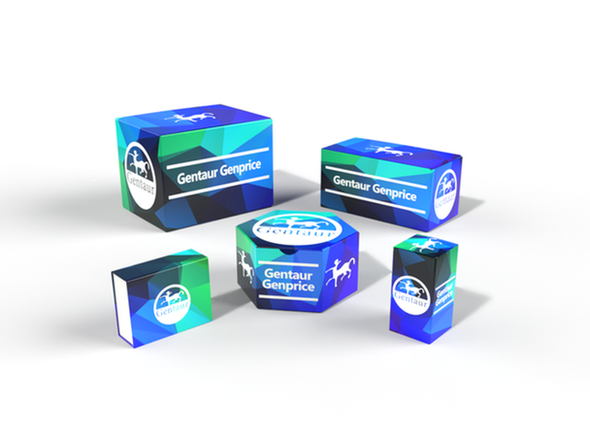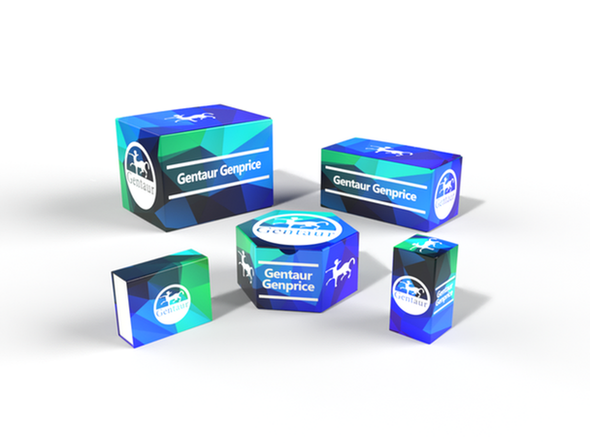740
Bovine Acetylcholine (ACH) ELISA Kit | AE23406BO
- SKU:
- 740-AE23406BO
- Availability:
- Usually ships in 5 working days
Description
Bovine Acetylcholine (ACH) ELISA Kit | AE23406BO | Gentaur UK, US & Europe Distribution
Species Reactivity: Bovine (Bos taurus; Cattle)
Abbreviation: ACH
Alternative Name: N/A
Application: ELISA
Range: 12.35-1000 pg/mL
Sensitivity: 5.29 pg/mL
Intra-Assay: ≤6.5%
Inter-Assay: ≤7.8%
Recovery: 0, 85
Sample Type: Serum, Plasma, Other biological fluids
Detection Method: Sandwich
Analysis Method : Quantitive
Test Principale: This assay employs a two-site sandwich ELISA to quantitate ACH in samples. An antibody specific for ACH has been pre-coated onto a microplate. Standards and samples are pipetted into the wells and anyACH present is bound by the immobilized antibody. After removing any unbound substances, a biotin-conjugated antibody specific for ACH is added to the wells. After washing, Streptavidin conjugated Horseradish Peroxidase (HRP) is added to the wells. Following a wash to remove any unbound avidin-enzyme reagent, a substrate solution is added to the wells and color develops in proportion to the amount of ACH bound in the initial step. The color development is stopped and the intensity of the color is measured.
Product Overview: Acetylcholine (Ach) is produced by the synthetic enzyme choline acetyltransferase which uses acetyl coenzyme A and choline as substrates for the formation of acetylcholine.Dietary choline and phosphatidylcholine serve as the sources of free choline for acetylcholine synthesis. Upon release, acetylcholine is metabolized into choline and acetate by acetylcholinesterase, and other nonspecific esterases. Acetylcholine release can be excitatory or inhibitory depending on the type of tissue and the nature of the receptor with which it interacts. Cholinergic receptors can be divided into two types, muscarinic and nicotinic, based on the pharmacological action of various agonists and antagonists. Muscarinic receptors originally were distinguished from nicotinic receptors by the selectivity of the agonists muscarine and nicotine respectively.
Stability: The stability of ELISA kit is determined by the loss rate of activity. The loss rate of this kit is less than 5% within the expiration date under appropriate storage condition. The loss rate was determined by accelerated thermal degradation test. Keep the kit at 37°C for 4 and 7 days, and compare O.D.values of the kit kept at 37°C with that of at recommended temperature. (referring from China Biological Products Standard, which was calculated by the Arrhenius equation. For ELISA kit, 4 days storage at 37°C can be considered as 6 months at 2 - 8°C, which means 7 days at 37°C equaling 12 months at 2 - 8°C) .






